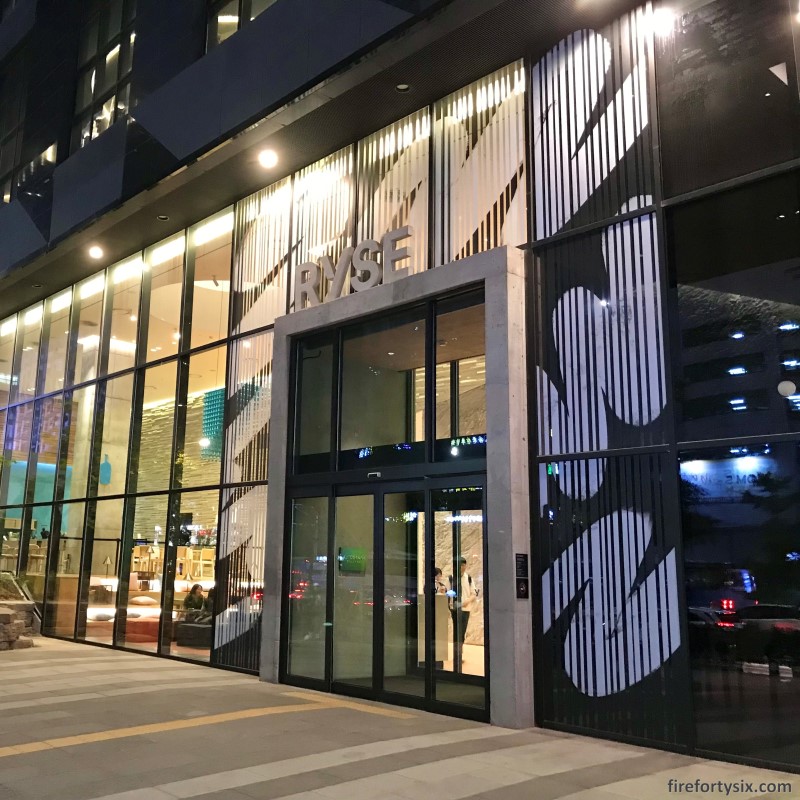During our previous trips to Seoul, we stayed in Myeongdong (Lotte L7, Hotel 28), Dongdaemun (Novotel) and City Hall (The Plaza). Among the four hotels, we particularly enjoyed the Novotel and booked it again for this trip.
From the Novotel, we can get to Gwangjang Market, Majang Meat Market, Starfield Coex Mall, Gyeongdong Market and restaurants in the East, including those across the Han River. It’s well connected to public transport with a short walk to Dongdaemun History & Culture Park station, which links to Lines 2, 4 and 5 of the subway.
But since we were planning to wander all around the city, I thought that it would be practical to split our accommodations and have more than one home base. So instead of just staying in Dongdaemun, I decided to also book a hotel in Hongdae.
It would give us faster access to the Western parts of Seoul and make it easier to reach places like Mangwon Market, Yeonnamdong and, of course, Hongdae itself. Hongdae, or more precisely, Hongik University, also happens to be one of the stops for the Airport Express (AREX) from Incheon Airport, providing us with an easy airport transfer.
Given that it’s a popular neighbourhood for tourists, both domestic and international, there’s an abundance of hotels to choose from. I shortlisted it down to either L7 Hongdae or Ryse Hotel, both a stone’s throw away from each other.
Even though it was slightly pricier at around S$300 per night, I went with the Ryse Hotel because it had larger rooms and was part of the Marriott chain. While I’m no longer a Platinum member and hence won’t get free breakfast anymore, I figured that I might still score a room upgrade even with my downgraded Gold status.
Frequent travellers to South Korea know that Google Maps sucks isn’t great there, so here’s the Naver Maps link to the hotel.
If you’re carrying heavy luggage, you’ll probably want to use Exit 8, which is slightly further but has lift access, instead of the closer Exit 9, which requires a long climb up a flight of stairs. Which, by the way, is really useful information Naver Maps provides that Google doesn’t.
It’s a bit tricky signing up for a Naver account, downloading the mobile app and then changing the default language to English, but it’s well worth the effort. Usability-wise, it still shows some stuff in Korean, but when coupled with Papago translation, it proved to be very useful throughout our trip.
Following the walking directions provided by Naver Maps, another thing Google Maps doesn’t provide for South Korea, we managed to locate Ryse Hotel easily. The lobby is not located at ground level, so we had to take a lift up to the third floor to check in.
The hotel is relatively new, with a modern industrial décor featuring concrete surfaces interspersed with splashes of red. It was quiet when we reached and our check in process was quick. I even managed to get upgraded to a room on the highest floor, but still within the same category.
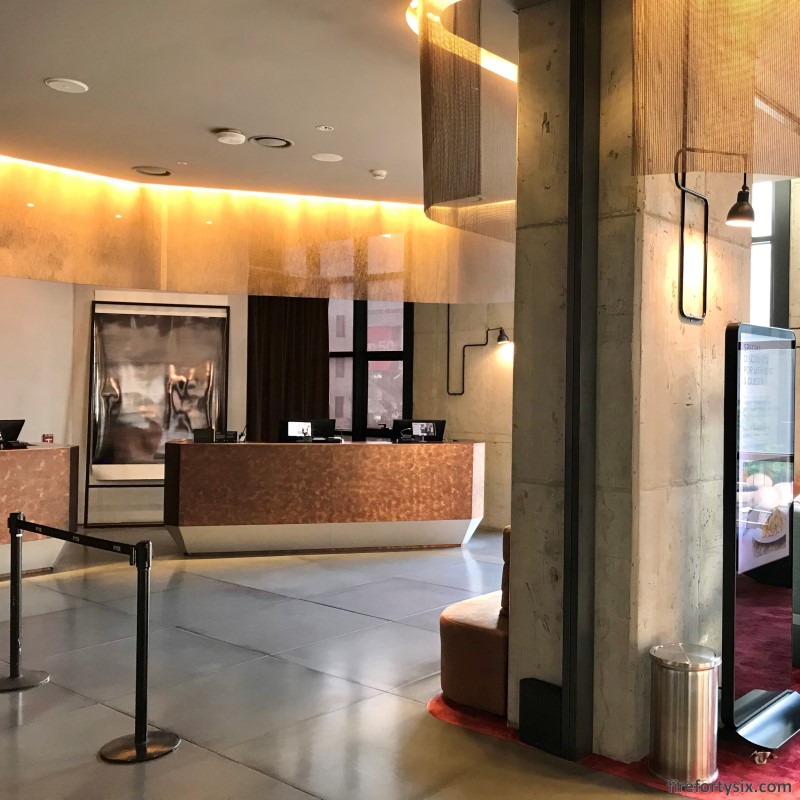
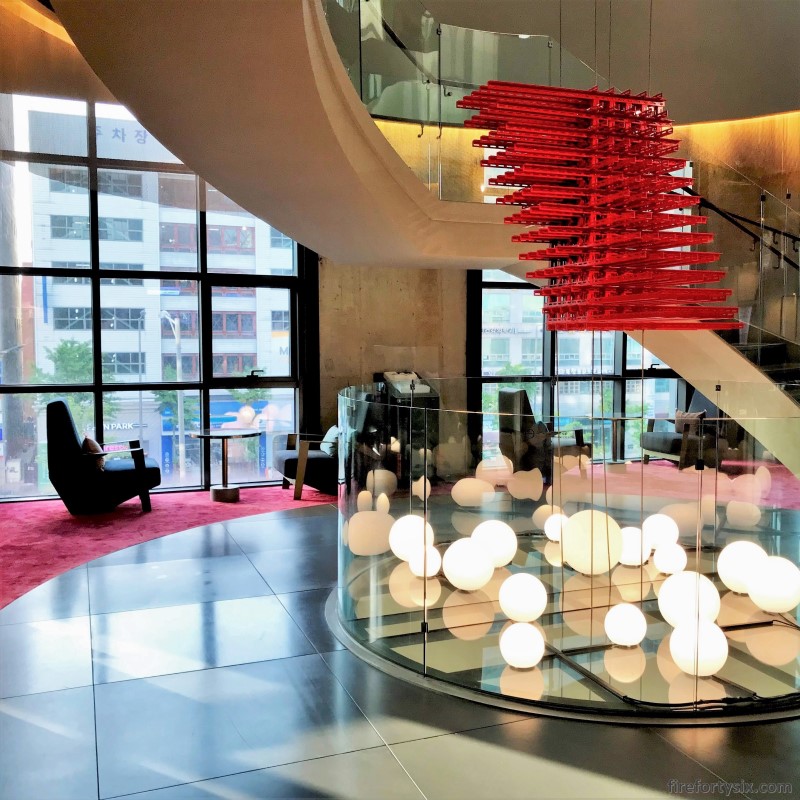
As we were given our keys, the staff manning the counter explained to us that the air-conditioning would be turned off from 12 midnight to 6am. I had read about this on various Facebook travel groups, where certain hotels would do this during the winter and spring months.
This was presumably done to save electricity, but I was surprised that a Marriott hotel would actually implement this measure. In case it got too stuffy at night, I asked if the windows in our assigned room could be opened.
Turns out they could not, but we managed to switch to another room with windows that could at least be cracked open to let in some air. The first night was slightly uncomfortable, but we got used to it from the second night onwards.
Other than the aircon situation, the 35 sqm Editor Room that I booked was comfortable and spacious. There was a seating area with a sofa, stool and moveable stand, which I guess was meant to double up as a mini work table if needed.
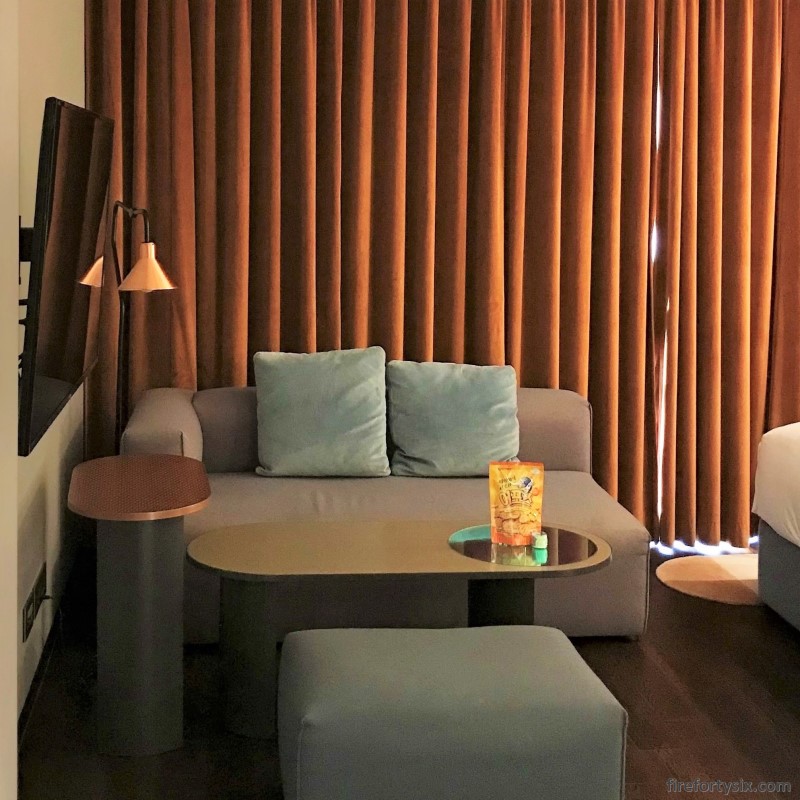
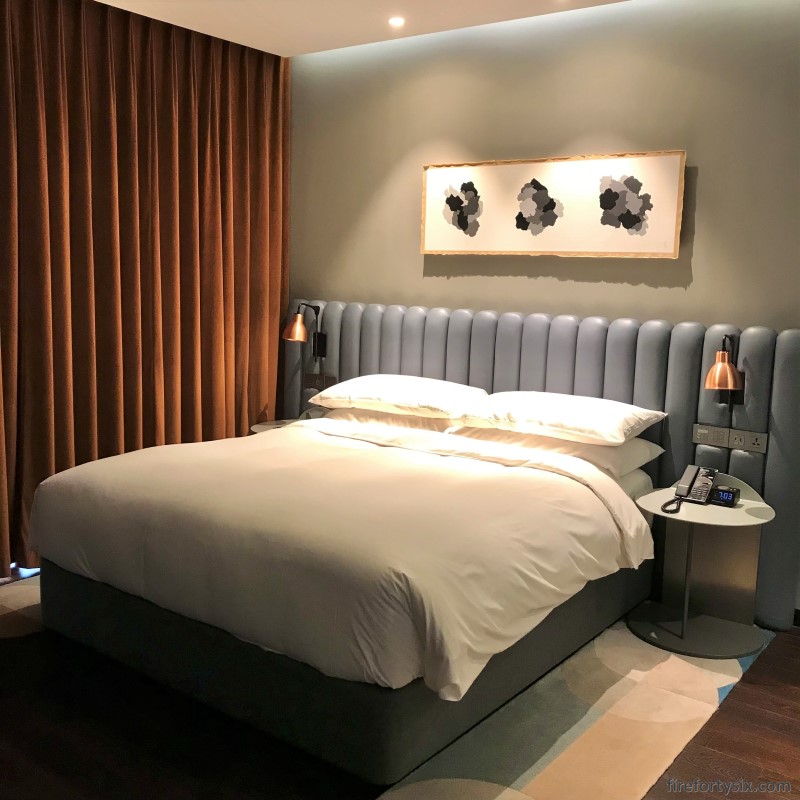
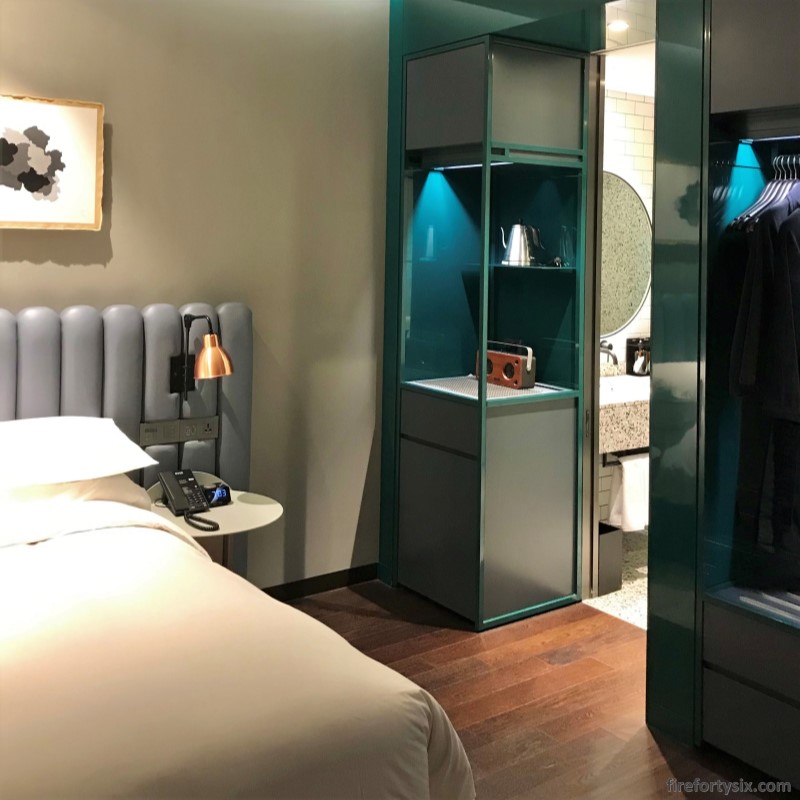
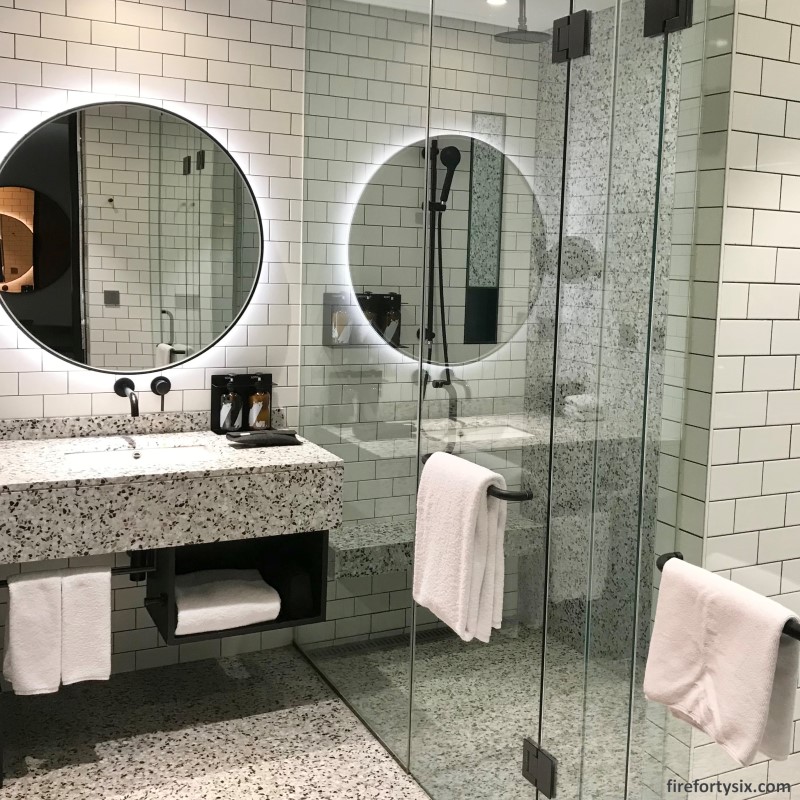
The flooring was wooden, which we prefer over the usual carpeting. Whenever possible, we try to choose hotels with wooden or tiled floors, because we can’t tell how frequent and thoroughly carpets are cleaned.
Room lighting was on the dim side, though the curtains could be opened to let in sunlight. In addition to lighter day curtains, there was also a thick and overlapping blackout curtain. It kept the room pitch black as we slept, something that I greatly appreciated.
The bathroom was generously-sized and featured a rainfall shower and a separated toilet equipped with a fancy Japanese-style washlet.
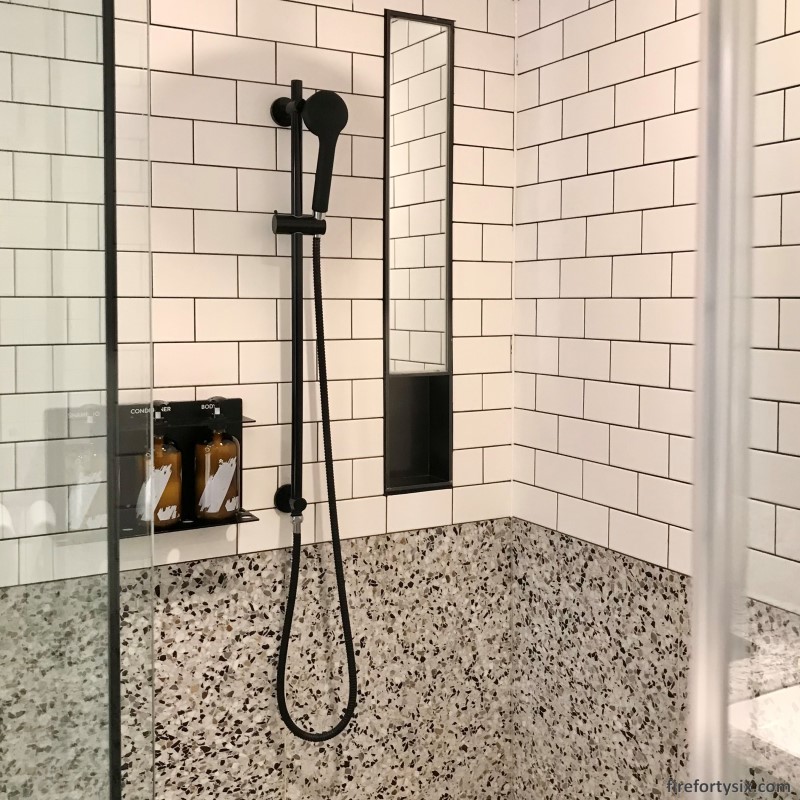
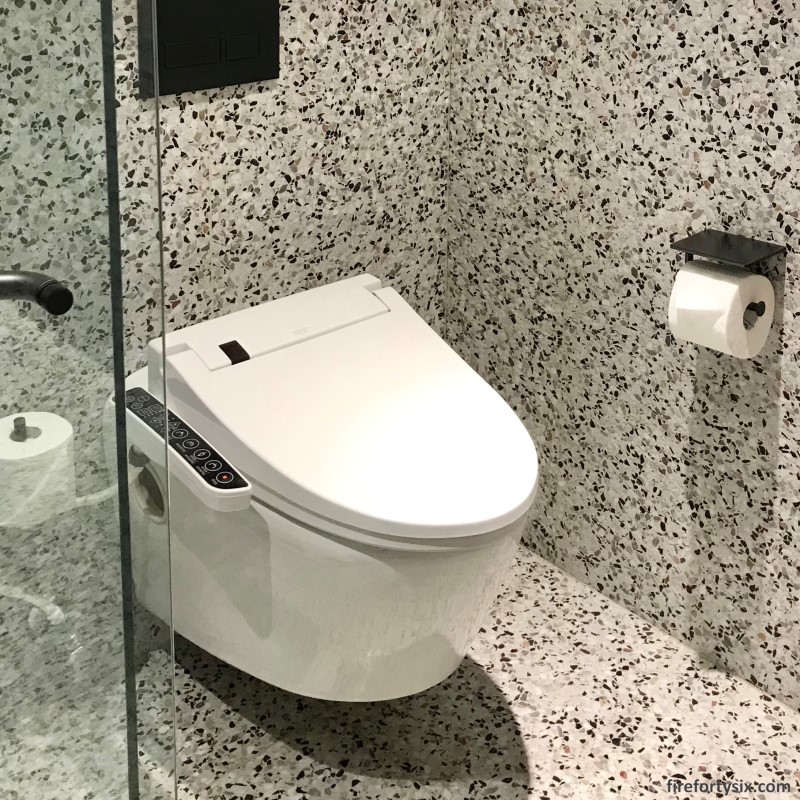
But the thing that impressed me most was the fact that they provide complimentary drip coffee pouches, together with a decent gooseneck kettle. This greatly appealed to the pour over coffee snob in me, and I was happily brewing fresh cups every morning.
On the third day, as we were heading out, I asked the concierge if they could provide us with more coffee. When we returned, housekeeping had refilled the drinks drawer with four pouches. It multiplied to six over the following days, and I gladly stashed them for later use during our trip.
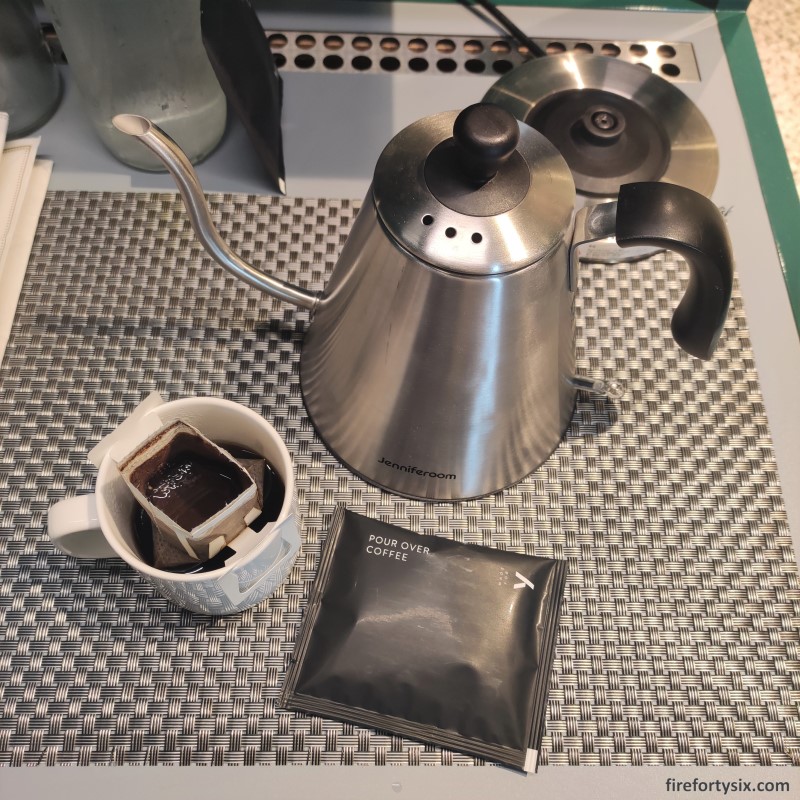
After settling down a bit, we secured our passports and valuables inside the in-room safe and headed out for dinner. The excellent lobster thermidor that we had on our Singapore Airlines flight to Seoul had been fully digested, leaving ample space for a heartwarming bowl of pork soup at Donsubaek just down the road.
With our bellies filled, we spent the rest of the night wandering the bustling streets of Hongdae. It was equally busy and crowded as Myeongdong, but felt less touristy. Probably because most of the people out on the streets were young Koreans enjoying a night out.
Performers were trying their best to go viral and become famous, sales promoters were pushing their products and, of course, tourists were doing tourist things. It was clear that, for all intents and purposes, the pandemic was over and life was back to normal.
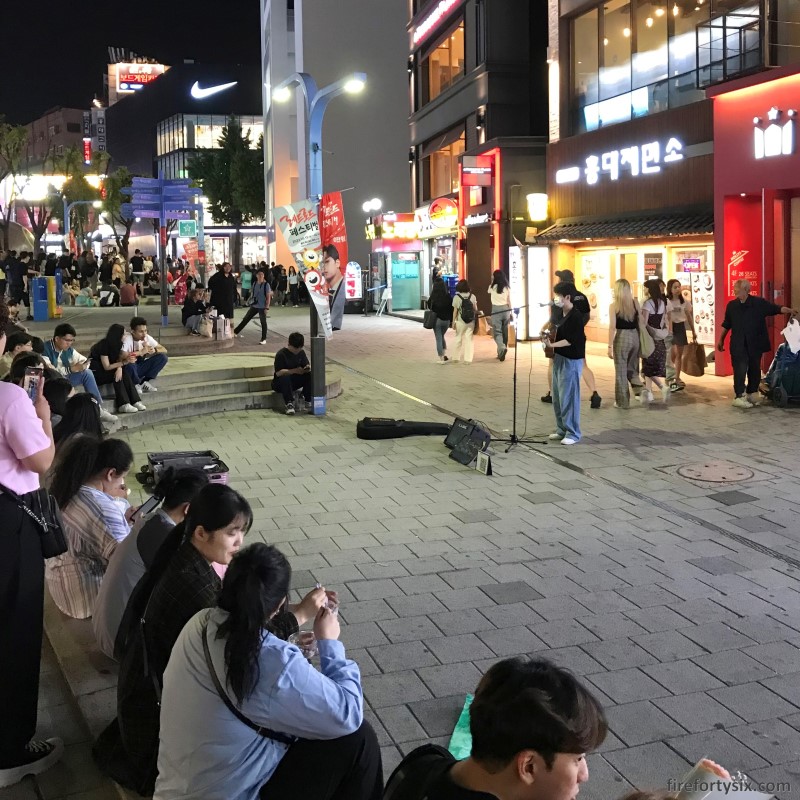

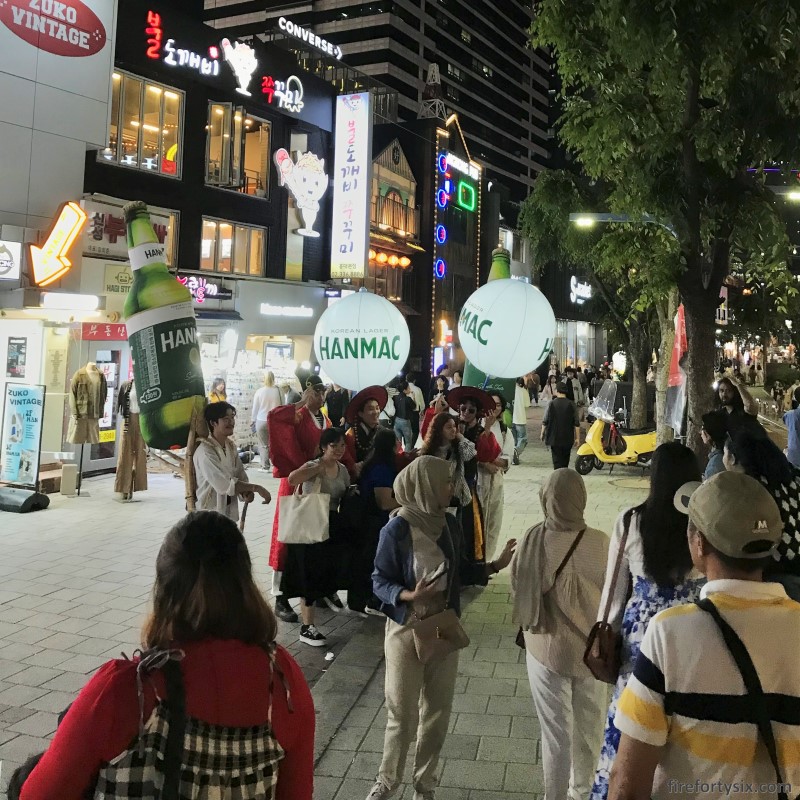
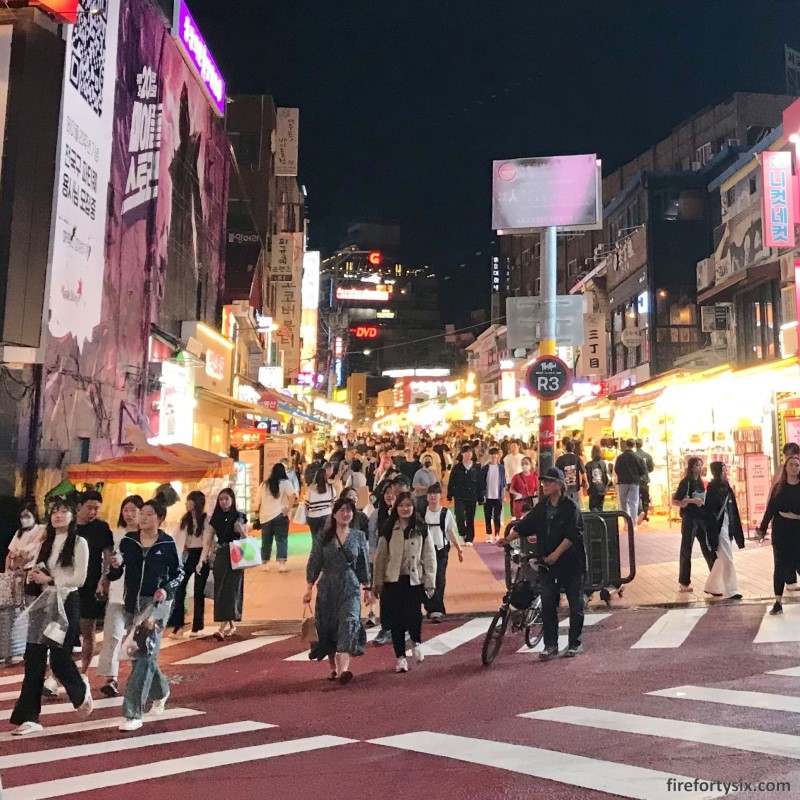
To get a better sense of Hongdae on a Friday night, see the walking tour below, filmed in March this year by the Seoul Walker YouTube channel. He also captures other places in Seoul and beyond, across all seasons, and was an invaluable resource as I was planning out our itinerary.
We covered quite a lot of ground that night, wandering around the neighbourhood and changing directions whenever the crowd thinned out. After about two hours, we headed back to the hotel. It was already dark by then, but the streets of Hongdae were well lit.
Guided by the trusty Naver Maps, it didn’t take long for us to find it. We were a bit tired from our six hour flight and subsequent airport transfer via the train, but ended the night feeling excited about the start of our ten day vacation in Seoul.

